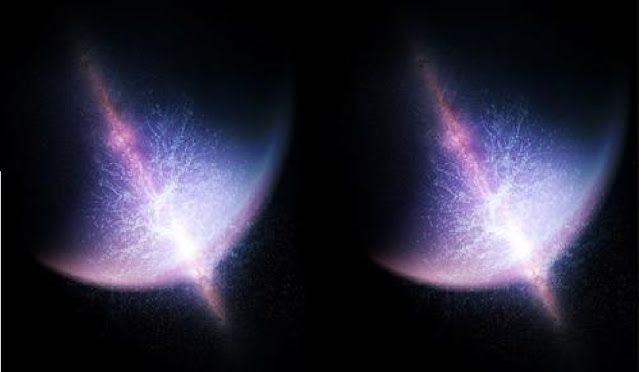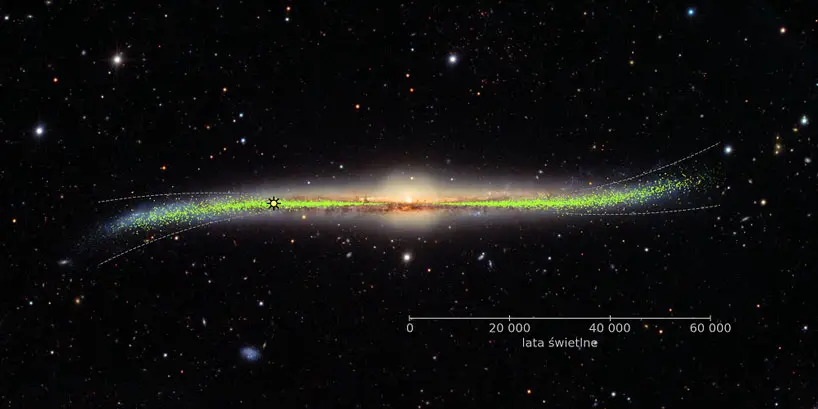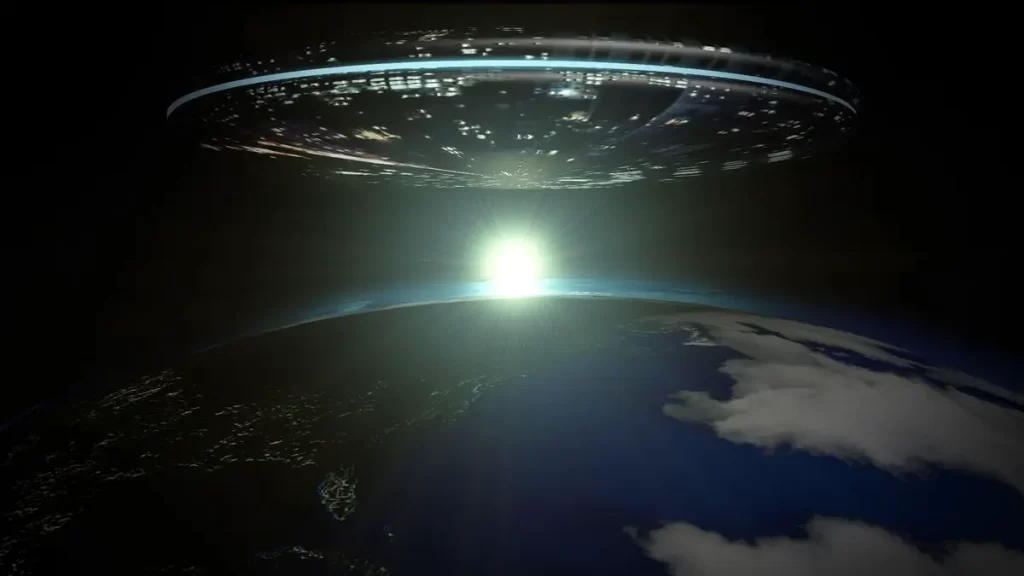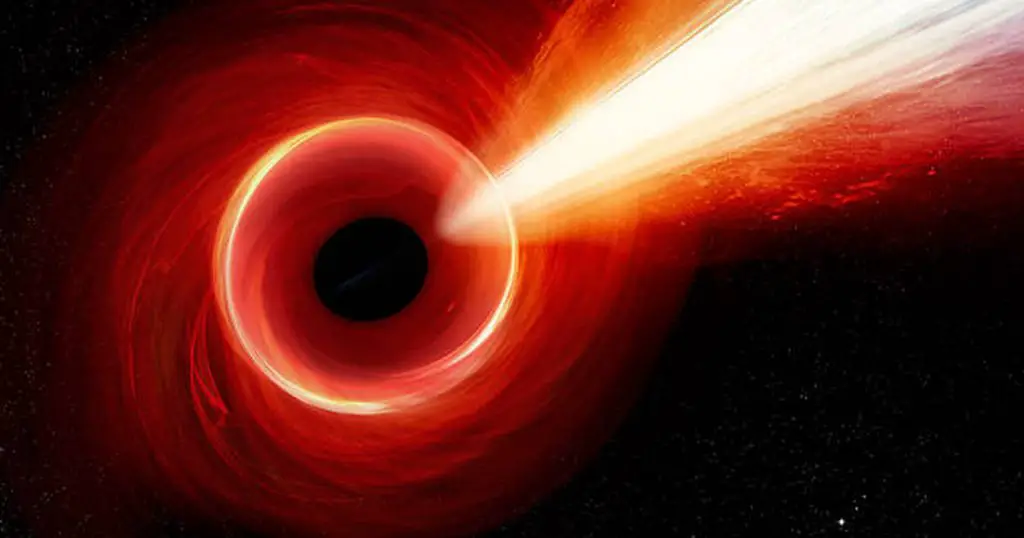Accidentally Discovered Giant Arc of Galaxies Spans 3.3 Billion Light-Years, Shaking Cosmological Beliefs
TL;DR
The Giant Arc, a newly identified crescent of galaxies spanning 3.3 billion light-years, is one of the largest known cosmic structures. Discovered by analyzing light from 120,000 quasars, this vast arc challenges the cosmological principle, which asserts that matter is uniformly distributed across the universe. The findings suggest that matter may be more clumped together than previously believed. With only a 0.0003% chance that this structure isn’t real, scientists are questioning whether current cosmological models need to be revised.
After reading the article, Lily gained +157 upvotes with this comment: “Well, up until 1923, everyone thought the Milky Way was the entire universe. Hubble changed that, and now there are billions of galaxies. Things are always changing the way we think about our universe.” Don’t forget to discuss this topic in the comment section below!
_______________
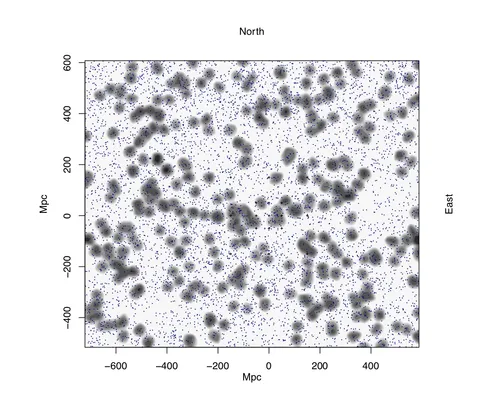
A newly identified crescent of galaxies spanning 3.3 billion light-years is one of the largest known cosmic structures, challenging some core assumptions in astronomy.
This vast structure, called the Giant Arc, is made up of galaxies, galaxy clusters, and large amounts of gas and dust. It lies 9.2 billion light-years away and stretches across about one-fifteenth of the observable universe.
Its discovery was accidental, explained Alexia Lopez, a Ph.D. candidate in cosmology at the University of Central Lancashire (UCLan) in the U.K., in an interview with Live Science. Lopez was constructing maps of celestial objects by analyzing light from around 120,000 quasars, which are the bright centers of distant galaxies where supermassive black holes are devouring material and emitting energy.
As this light travels through matter between us and the quasars, it is absorbed by different elements, leaving distinct marks that give researchers critical data. Lopez specifically used magnesium absorption lines to determine the distance and position of the gas and dust in the sky.
In this way, quasars function “like spotlights in a dark room, illuminating the matter in between,” Lopez said.
As she created the cosmic maps, a structure began to take shape. “It was like a hint of a big arc,” Lopez recalled. “I remember showing Roger [Clowes] and saying, ‘Look at this!’”
Clowes, her doctoral supervisor at UCLan, suggested performing more detailed analysis to ensure it wasn’t just a coincidence or an artifact of the data. After conducting two separate statistical tests, the researchers found less than a 0.0003% chance that the Giant Arc wasn’t real. They presented their findings at the 238th virtual meeting of the American Astronomical Society.
However, this discovery, which will now rank among the largest known cosmic structures, raises questions about a foundational concept in cosmology. Astronomers have long accepted the cosmological principle, which asserts that matter is distributed fairly evenly throughout the universe on a large scale.
The Giant Arc is larger than other enormous structures, such as the Sloan Great Wall and the South Pole Wall, both of which are overshadowed by even bigger cosmic formations.
“There have been several large-scale structures found over time,” Clowes told Live Science. “They are so huge that you wonder if they align with the cosmological principle.”
The presence of such massive structures clumped together in specific parts of the universe suggests that matter might not be spread uniformly throughout the cosmos.
But the current standard model of the universe relies on the cosmological principle, Lopez noted. “If we find it isn’t true, we might need to consider alternative theories or rules.”
Lopez isn’t sure what these new theories would entail, but she mentioned the possibility of altering how gravity behaves on the largest scales, an idea that has gained traction among a small group of scientists in recent years.
Daniel Pomarède, a cosmographer at Paris-Saclay University in France who co-discovered the South Pole Wall, agreed that the cosmological principle sets a theoretical limit on the size of cosmic structures.
Some research suggests that structures should only grow to a certain size before they stop getting bigger, Pomarède told Live Science. “Yet, we keep discovering even larger structures.”
Despite this, he’s not ready to abandon the cosmological principle, which has shaped models of the universe for about a century. “It would be quite a leap to say it will be replaced by something else,” he said.
